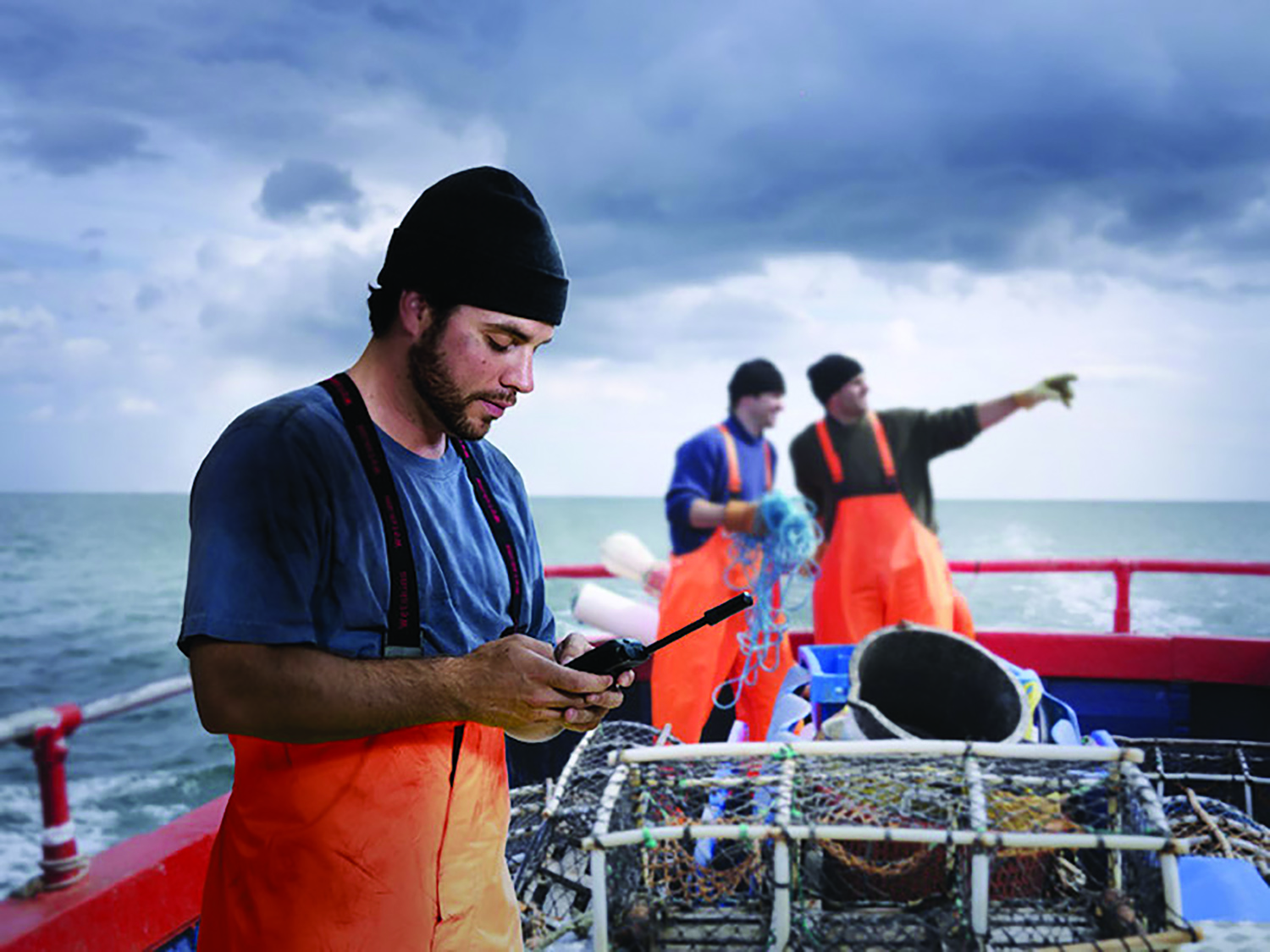For most fishermen, calling home is essential. For decades fishermen used VHF to call a marine operator who would patch them into a phone line. By the late 1990s cell phones made that service obsolete for nearshore fisheries. And for fishermen in remote and distant waters, satellites have become the link to home.
A number of companies, including Inmarsat, Iridium, Globalstar, Thuraya and Garmin, are using a variety of satellite constellations and offering a wide range of equipment and service plans from low-priced text-only systems to satellite smartphones.
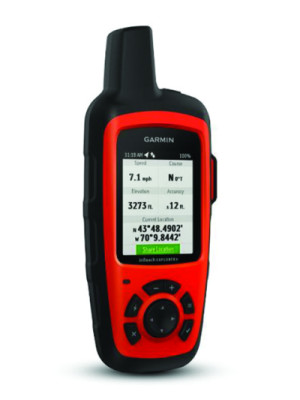
Many small-boat fishermen, from Bristol Bay to the Gulf of Maine, are choosing the Garmin inReach technology.
“It’s great! I love it,” says Tora Johnson, whose husband, Chris Mullen, spends every summer gillnetting sockeye in Bristol Bay. “It sends texts and location via satellite. It has emergency contacts and an SOS feature.” Johnson uses inReach to communicate almost daily with her husband when he is out of cell phone range.
“This season was tough. Chris was getting nervous because the fish were so late. I’m here at command central with internet, and it’s easy for me to monitor the sentinel fishery and what scientists are saying.” Johnson kept in touch with biologists at the Port Moller test fishery and as a scientist herself, studied the graphs and data.
“I had to talk Chris down off the ledge all summer. ‘The fish are coming,’ I’d tell him, and he would communicate with other boats in his little group and let them know. This is our second season with inReach, and it’s been a game changer.”
Garmin makes a few different devices that connect with the Iridium low-earth orbit (LEO) satellite constellation. Iridium has 66 satellites orbiting the earth every 70 to 90 minutes at altitudes of 400 to 700 miles. Because the satellites can hand off calls as they pass out of range of a phone, Iridium claims it can deliver seamless coverage anywhere in the world.
According to Natalie Miller, Garmin’s media relations specialist, the company offers several devices, including the mini (which weighs only 3.5 ounces) and the Explorer. “But fishermen might be especially interested in our new inReach mini marine bundle, or the explorer with the nautical map download.”
According to Miller, prices for monthly plans can go as low as $12 per month. “That gives you 10 messages a month, and you can preset messages so you only have to hit one button.”
A query on Facebook’s Commercial Fishermen Only page yielded overwhelming endorsement of inReach for value and reliability.
But some fishermen need more than text messaging capacity. For them, the options include Globalstar, Inmarsat and Iridium satellite phones. Thuraya, a company based in the United Arab Emirates, offers some great products and services — including hybrid devices that can switch from GSM to satellite sim cards — that are not yet available in North America.
Iridium, which owns the 66-satellite constellation that inReach uses, has its own satellite communications options, including the Iridium Go!, and options available using its Certus broadband system with equipment built by Cobham, Thales and Intellian.
“It’s the only global LEO satellite constellation that offers coverage worldwide, even in the polar regions,” says Jordan Hassin, communications and PR director at Iridium. “It’s like having a cell phone tower in the sky.” According to Hassin, signals transmit from the user’s terminal and from satellite to satellite to a ground station connected to land-based communications systems. “But if both users have Iridium phones, that signal never touches the ground, it goes directly between the satellites and the phones.”
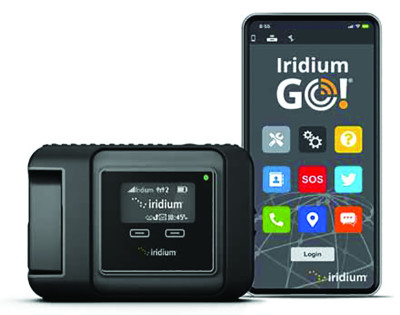
Iridium offers its original Iridium constellation technology like the Iridium Go!, which is a small, handheld hotspot that can connect to up to five users smartphone for voice calls, emails, text messaging, as well as downloading weather files.
However, for larger fishing vessels, Iridium Certus offers a more complete range of communications capabilities through small form-factor antennas and terminals that offer speeds up to 704 kbps. “These can provide primary ship comms and crew welfare services, including voice, data, internet, SMS, use of apps like WhatsApp and more,” says Hassin.
For ship owners seeking additional safety measures, Iridium now has GMDSS (Global Maritime Distress and Safety System).
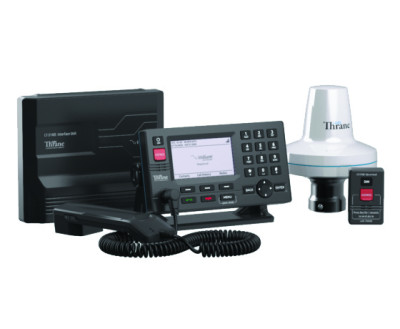
“Historically, smaller vessels not mandated to carry GMDSS equipment would find it cost prohibitive to have the additional safety of life functionality onboard,” says Hassin. “But Iridium has changed that with our partner Lars Thrane.” According to Hassin, Lars Thrane has built a new satphone terminal that includes a GMDSS distress button at no additional cost.
“You literally push a red button, and it connects you to emergency responders. Just about any size vessel has to have a voice and text communications, why not get the one that includes the GMDSS, a feature that could save your life?”
Globalstar, another American satellite communications company, is based in New Orleans and operates an LEO satellite constellation for satellite phone and low-speed data communications. Globalstar’s second-generation constellation consists of 24 satellites that primarily provide connections for two devices, the Spot, a small personal safety device similar to the inReach mini, and a voice satphone, the Qualcomm GSP-1700, which resembles an early cell phone with its antenna and small screen.
The Spot, at around $150 with an annual airtime fee of about the same amount, is a low-cost safety device for fishermen operating outside cell phone range. It is a GPS tracking device that can send an SOS or pre-programmed check-in messages.
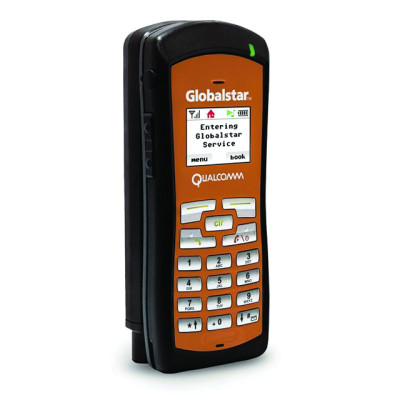
With the Globalstar GSP 1700 phone, calls can go from the phone to a satellite, to a gateway, and then back to a satellite that sends the call to a receiving phone without using terrestrial systems. Annual plans range from $960 to $2,400 for unlimited calls.
While prices for text-only devices can be pocket change, voice calling plans generally cost between 80 cents to $1.50 per minute. Globalstar comes in on the low end here, according to an online review of satphones, with its mid-range plan costing customers 50 cents per minute.
Inmarsat has long been a big name in satellite communication. While the company is focused on it Fleet Express broadband systems, it offers its own sat phones, particularly the IsatPhone 2. Unlike the LEO satellite constellations, Inmarsat’s system relies on geo-stationary satellites that are much higher altitude.
Currently, Inmarsat owns and operates 13 satellites in geostationary orbit 22,236 miles above the Earth, and provides global broadband voice and data communications over most of the globe except for the polar regions.
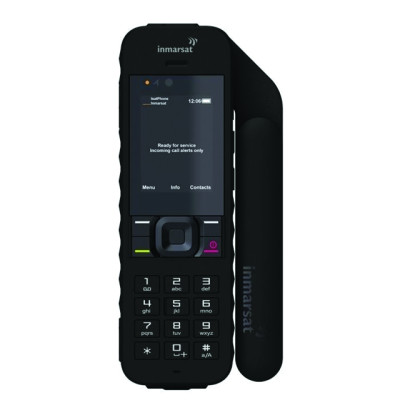
The company’s IsatPhone 2 is engineered to cope with the rigors of the marine environment, and boasts fast network registration and long battery life with 8 hours’ talk time and up to 160 hours on standby. Inmarsat’s website touts the salient features of its IsatPhone2, among them voicemail, text and email messaging; an assistance button that send GPS location; tracking; texts to preset emergency numbers, and 45-second satellite registration.
“We stock the IsatPhone,” says Harold Whittlesy, owner of Satellite Technical Services in Seattle. “It has good price points, and is a reasonable choice if you know where you are going to be using it. Because they use geostationary satellites if you have to see it. You need good southern exposure. If a consumer knows where they plan to use it, and they’re sure they won’t be going to Alaska or Greenland, it’s a good option.”
One product Whittlesy is enthusiastic about is the Zoleo Satellite Communicator, a short-burst data device similar to the Garmin inReach.
“Zoleo crushes the competition,” says Whittlesy. “It’s cheaper, it has better utility, better service — I could go on all day.”
According to Ron Wright, western U.S. sales manager for Zoleo, the company’s satellite communicator has a number of desirable features, including the capacity to switch from satellites to cell towers when possible, saving user data.
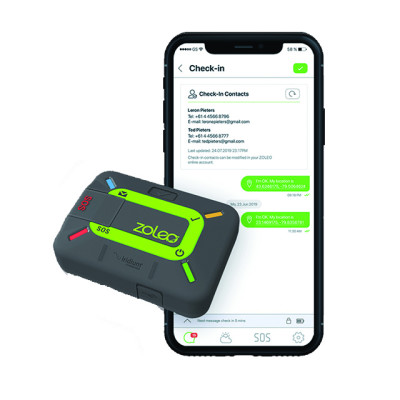
“You download the app on your phone, and it connects to the communicator,” says Wright. “You get a dedicated U.S. phone number and an @zoleo.com email address. Anyone can download the app and communicate with the person who has the unit, though this can cost data.” According to Wright, users texting from app to app can send messages up to 950 characters. “The lowest price plan costs $25 a month for 25 messages. The unlimited it $50 a month.”
Like other devices, the Zoleo has an SOS button. “Once you hit that, all your messages are carbon copied to GEOS, the response service ambassador for low bandwidth devices.”
Prices for satellite connectivity are going down, as Whittlesy at STS points out. “The market is changing,” he says. “It’s becoming more consumer oriented and giving more people access to satellite communications.”





